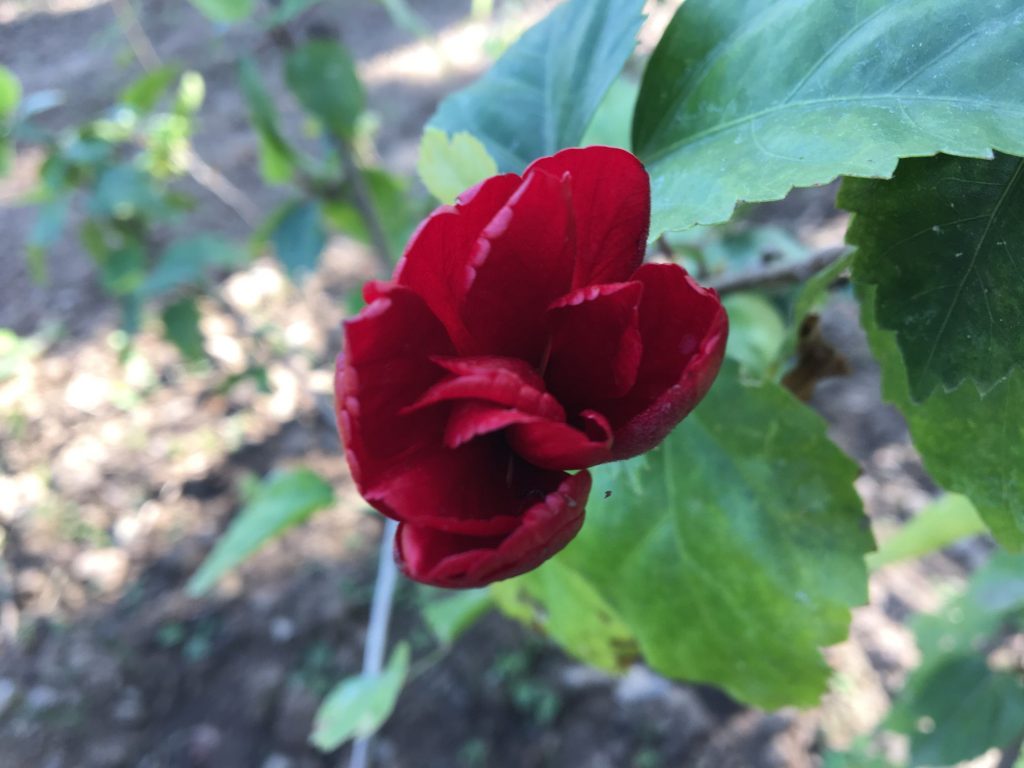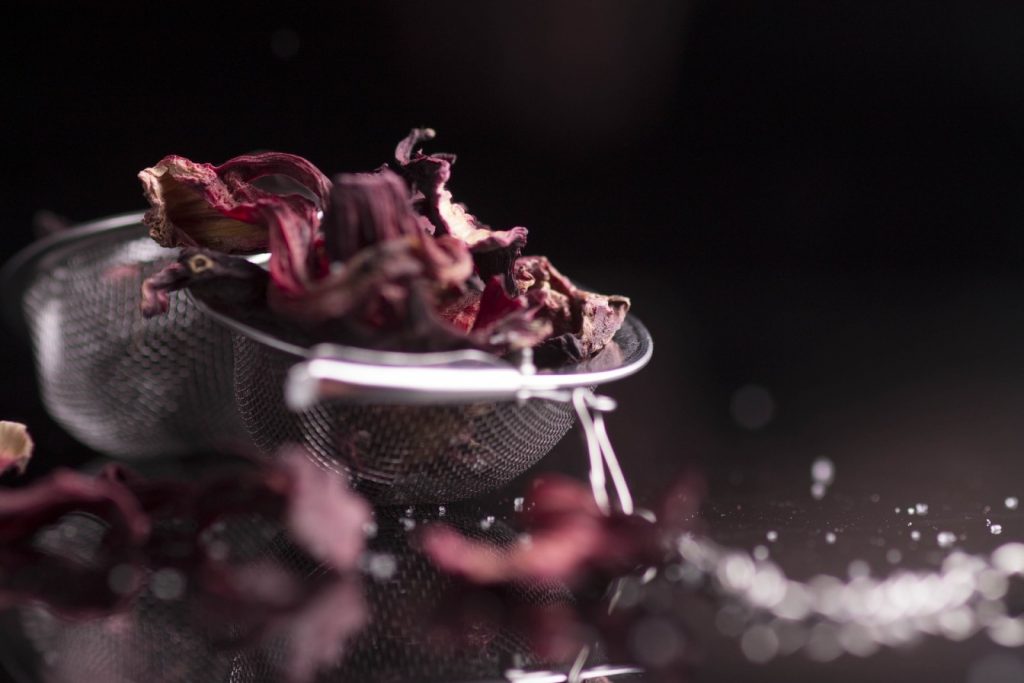Being cultivated for their showy and ornamental flowers, Hibiscus belong to the Hibiscus; L. genus. With over 200 species of the plant belonging to the mallow family, these plants come in a wide range of colours including red, pink, yellow, white, orange, peach, purple and coral.The most popular of the varieties is Hibiscus rosa-sinensis. It is also known as China rose, gudhal in Hindi. In fact, Hibiscus rosa-sinensis is the national flower of Malaysia.
The pistil of the flower peeks out remarkably from the horn of the flower making it an eye popping bloom. Hibiscus flowers last only for a day. Besides its ornamental beauty, these flowers are also used as vegetables and in preparing medicines also.
Let’s dig a little deeper and know how we can propagate the plant and care to add beauty to your garden.

Growing Hibiscus
These breathtaking beauties are easy to grow and don’t require a lot of effort to care for, it simply needs the optimal conditions to thrive well and bloom fully which we’ll discuss in the later section. and never
To grow hibiscus from seeds, sow the seeds a few inches apart from each other in a well drained and nutrient rich soil for a healthy plant. Make sure it gets proper sunlight and don’t forget to water them regularly. You’ll see the seeds germinate in 6-8 days.
You can also propagate the plant from the cuttings.
Hibiscus Care
Light
Hibiscus plants prefer full sun. Place your plant at a spot where it gets 6-8 hours of sun daily. The plant will survive in partial sunlight as well, but for optimal growth the plant needs to be kept in full sun.
Soil
Hibiscus should be planted in neutral to slightly acidic soil, however the plant will tolerate alkaline soil as well. The soil should be rich in nutrients and well drained.
Water
These plants need moist soil to grow but make sure the soil is not soggy and well drained. If the roots remain in water it will cause root rot and ultimately your plant will die. If the plant is watered less, it will stop the blooming process. To make sure the plant is getting adequate water, water the plant every 2-3 days. In case of severe heat or in summers water the plant daily.


Temperature
Hibiscus flowers best in temperatures between 16-32 C and it cannot tolerate temperatures below 32F.
Fertilizers
Once hibiscus grows full and new growth is seen, fertilize the plant every three weeks to get more blooms. You can use liquid or granular fertilizer to feed your plant.
Diseases
Hibiscus plants are susceptible to several pests and diseases. Inspect the plant when you see dropping of flowers, holes in leaves and failure to bloom. Common pests include aphids, spider mites, Japanese beetles, and whiteflies. Treat the plant with pest repellents.


Uses of Hibiscus
- Hibiscus is one of the most renowned herbs for promoting hair growth. Hibiscus flowers and leaves serve as the perfect remedy to stop hair fall. Both hibiscus flowers, as well as hibiscus leaves, are used to cure hair problems.
- Its fragrant flowers have been used in sachets and perfumes.
- The antioxidants and vitamins present in Hibiscus help in producing melanin, the naturally occurring pigment that gives hair its natural color and prevents premature greying.
- Hibiscus shows potential ties with weight loss and has an effect on metabolism, preventing obesity and fat buildup in the liver.
- The green leaves are often used like a spicy version of spinach.
- A lotion made from leaves is used on sores and wounds.
- Hibiscus tea has antioxidants and helps in lowering blood pressure and fights bacteria.
Recipe for Hibiscus Tea
Ingredients
- Petals of the flower
- Sugar
- Mint, lemon and ginger to taste (optional)
Method
- Take a few petals of the flower and steep it in hot water. Soon it will discharge a deep purple colour.
- After the colour steep into the water, filter it. Add sugar to taste. A hot piping soothing tea is ready. Mint, ginger or a couple of drops of lemon can be added to it.
- The same can be made into an iced tea also. Instead of using fresh flowers, one can also use dried petals.


Growing vibrant hibiscus that lights up your garden with blooms is a rewarding experience. Apply these planting and maintenance tips, and you can enjoy abundant, colorful blooms and healthy hibiscus tea all summer long.
